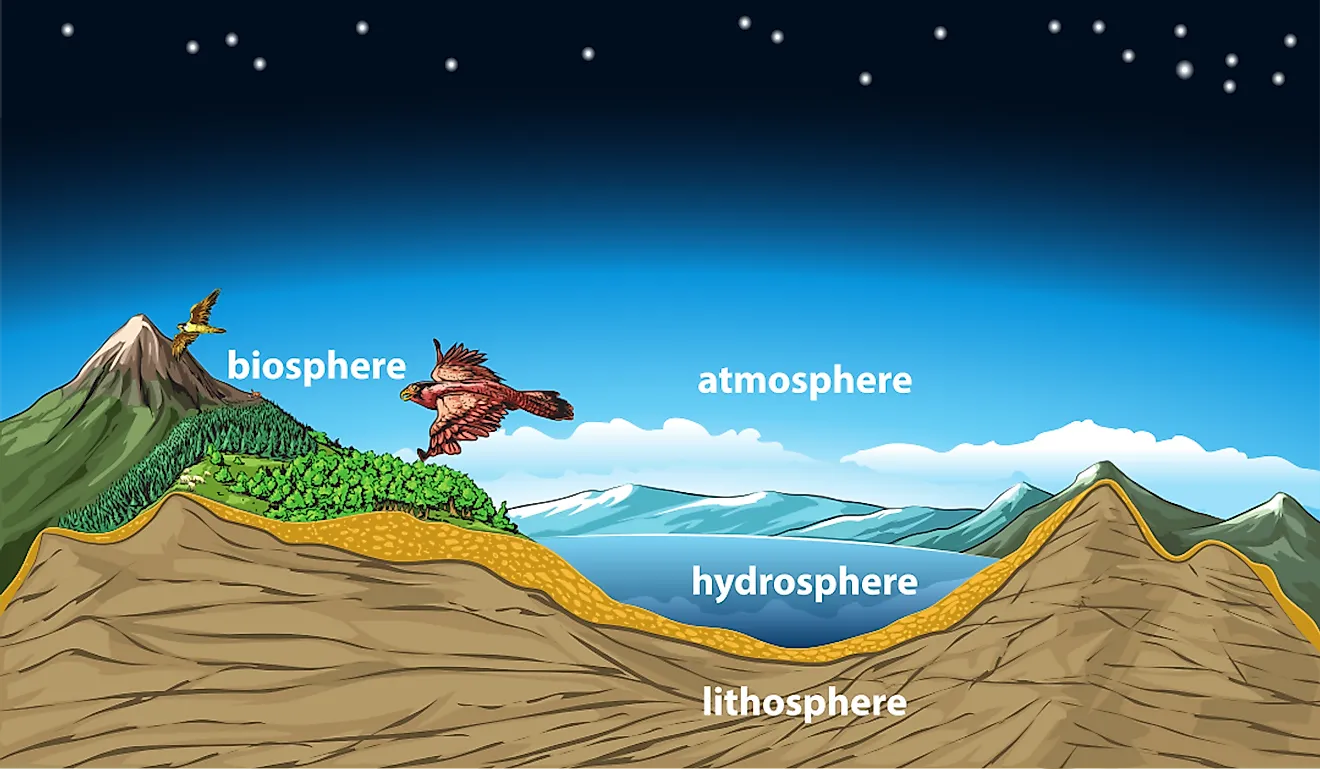
What Is The Lithosphere?
The lithosphere refers to the hard, rocky outermost layer of any terrestrial planet or natural satellite. On Planet Earth, the lithosphere is mainly made up of the crust and the solid outer portion of the upper mantle. One of the major spheres of the Earth, the lithosphere is primarily the terrestrial component comprising solid landmasses such as the continents and islands on which all biological life exists. The lithosphere is severely affected by human activities such as mining, deforestation, agriculture, overgrazing, and urbanization.
Why Is It Called Lithosphere?
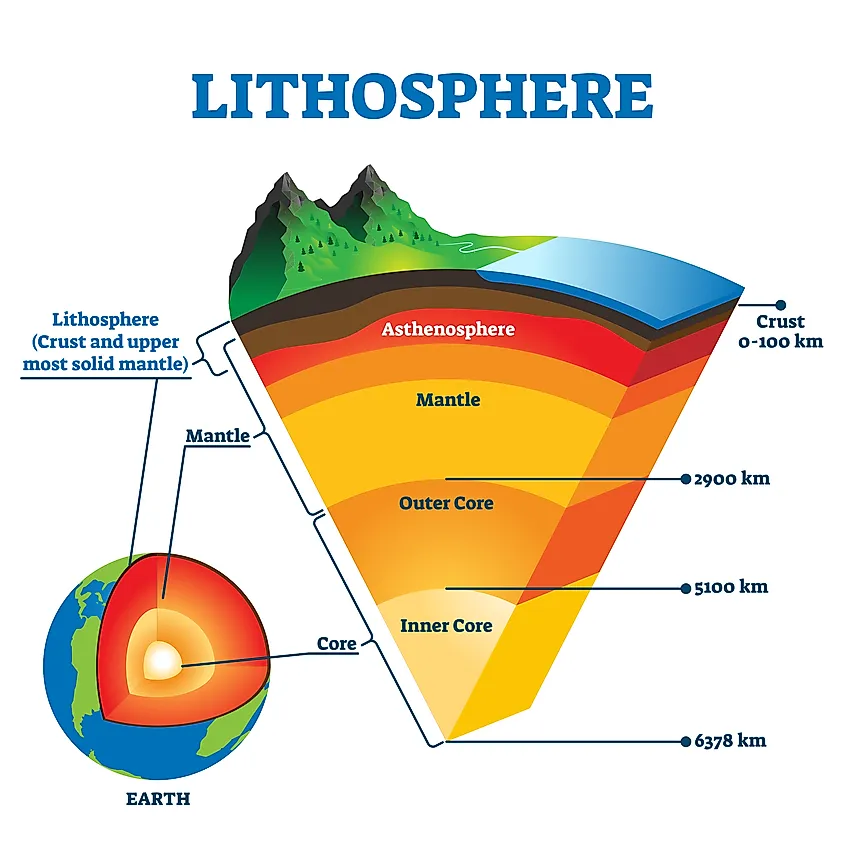
The term lithosphere has been derived from the Greek words lithos, which means rocks or stones, and sphaeros, which means sphere. The lithosphere or rocksphere thus refers to the hard and rocky outer layer of the Earth, made up of the crust and the upper mantle. The lithosphere can extend up to a depth of over 100 km. Below the lithosphere lies the asthenosphere, which refers to the weaker, hotter, and much deeper portion of the upper mantle. The lithosphere remains hard for longer time periods and deforms elastically, whereas the asthenosphere deforms viscously. The lithosphere is, therefore, lesser ductile than the asthenosphere.
History Of The Lithosphere Concept
The concept of the lithosphere as a strong outer layer of the Earth was first put forward by the English mathematician Augustus Edward Hough Love in his 1911 monograph. The concept was further developed by the American geologist Joseph Barrell, who introduced the term lithosphere. The Canadian geologist Reginald Aldworth Daly strengthened these concepts even further. Love, Barrell, and Daly's work are widely revered by the geophysicist and geologist communities, serving as the backbone of the theory of plate tectonics.
Composition Of The Lithosphere
The composition of the lithosphere varies depending on whether it is located on land or under the oceans. It is known that the Earth’s crust is not homogeneous and is composed of different layers of rock, including sedimentary (at the top), metamorphic (at the middle), and basaltic rocks (at the bottom). Moreover, the lithosphere is broken into several large tectonic plates that move slowly but continuously at an average rate of about 10cm.
Types Of Lithosphere
There are mainly two types of lithosphere: oceanic and continental.
Oceanic Lithosphere
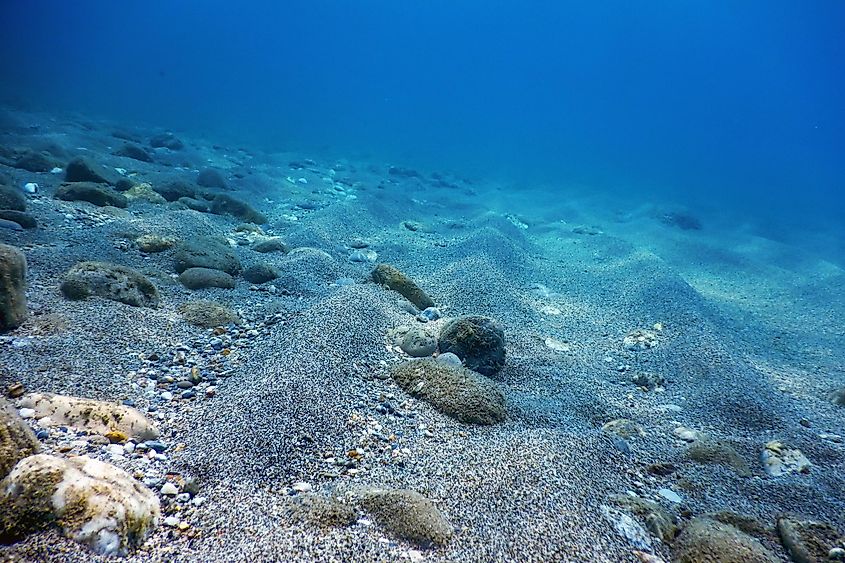
Oceanic Lithosphere refers to the lithosphere associated with the oceanic crust that is present under the seas and oceans. The Oceanic lithosphere comprises the mafic crust and ultramafic mantle and tends to be comparatively denser than the continental lithosphere. Young oceanic lithosphere is usually found at the mid-ocean ridges, while the old oceanic lithosphere gets thickened as it ages and moves farther from the mid-oceanic ridge, getting recycled at the subduction zones.
This thickening of the oceanic lithosphere usually occurs by conductive cooling, where the hot asthenosphere is converted into a lithospheric mantle. It is to be noted that the oceanic lithosphere is comparatively younger than the continental lithosphere, and the oldest oceanic lithosphere is approximately 170 million years old.
Continental Lithosphere
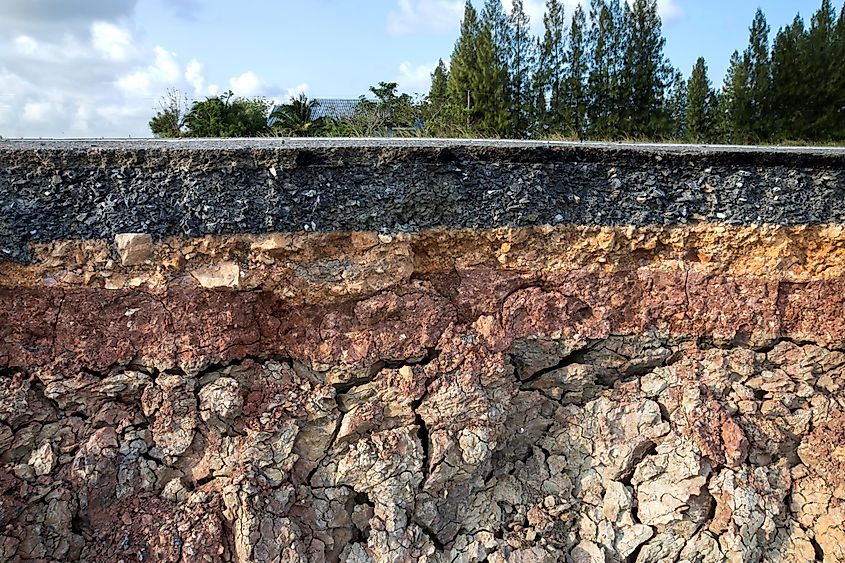
Continental Lithosphere refers to the lithosphere associated with the continental crust. This lithosphere’s average thickness ranges between 40km to 280km. The continental lithosphere makes up about 40% of the Earth’s surface and 70% of the volume of the Earth’s crust. Scientists believe that the Earth originally had no continental crust, but ultimately the fractional differentiation of the oceanic crust led to the formation of the continental crust.
The Continental Lithosphere is, therefore, quite old than the oceanic lithosphere, and the oldest portions of the continental lithosphere are found underlying the cratons. However, due to its relatively low density, the continental lithosphere is not recycled at subduction zones, as it cannot subduct further than 100 km.
Subducted Lithosphere
Several 21st-century geophysical studies have revealed that there can be many large pieces of recycled lithospheric elements that have been subducted as far as 2900 km into the mantle. There is a strong belief that some pieces of the lithosphere can still float in the upper mantle and that some pieces can go down approximately 400 km while still being physically linked to continental plates further up the Earth’s surface.
Importance Of The Lithosphere
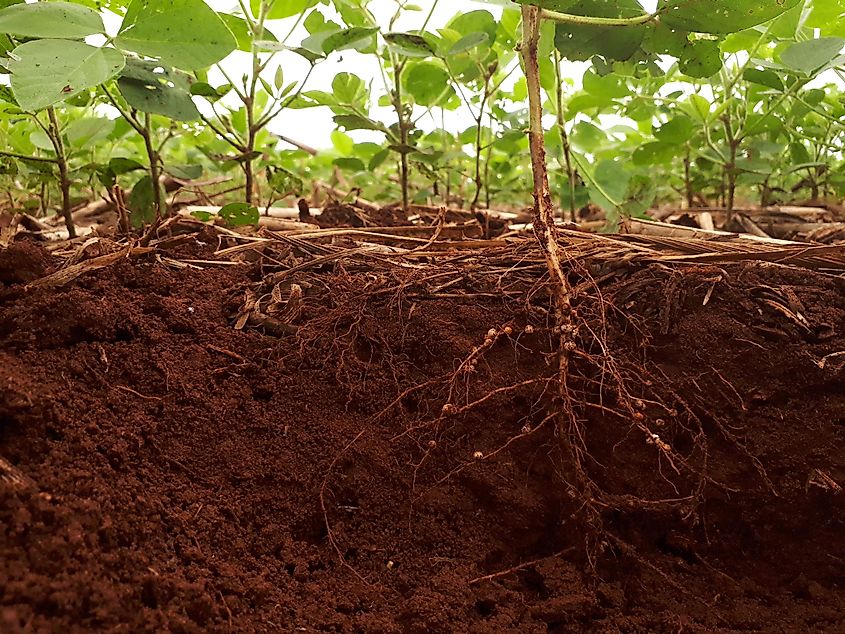
Being one of the major spheres of the Earth, the lithosphere aids greatly for life to flourish on the planet. The lithosphere’s uppermost portion that chemically interacts with the other three spheres is called the pedosphere. Besides being a rich source of minerals, the lithosphere provides our forests, grasslands, agricultural lands, and lands for human settlements. The movement of the tectonic plates is also responsible for the formation of mountains, volcanoes, and continents.











